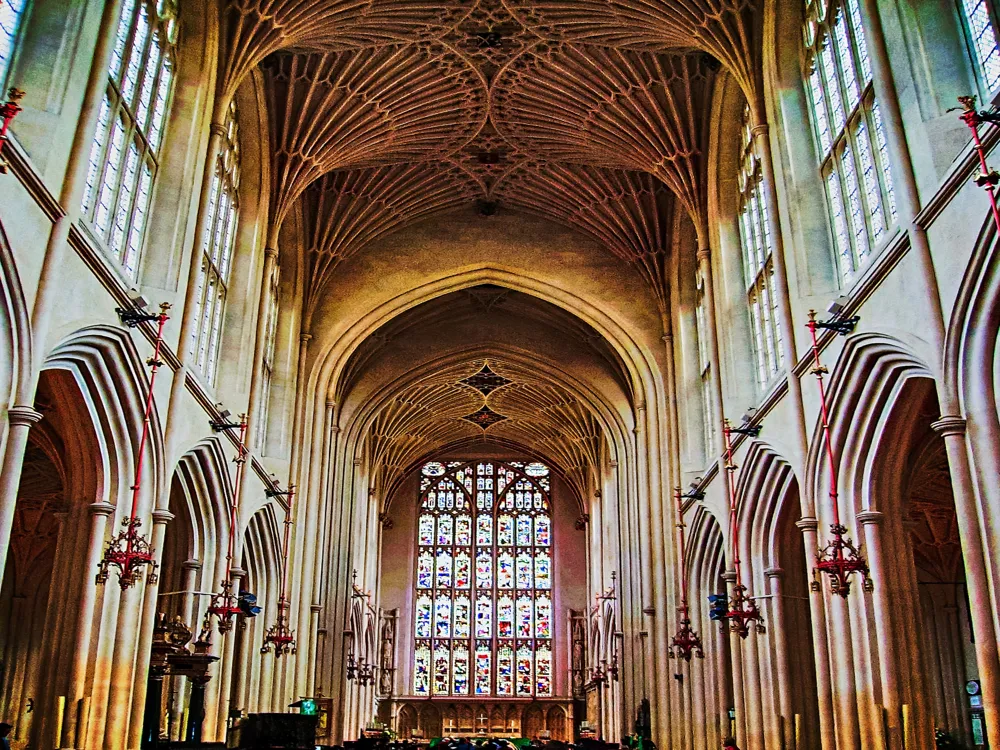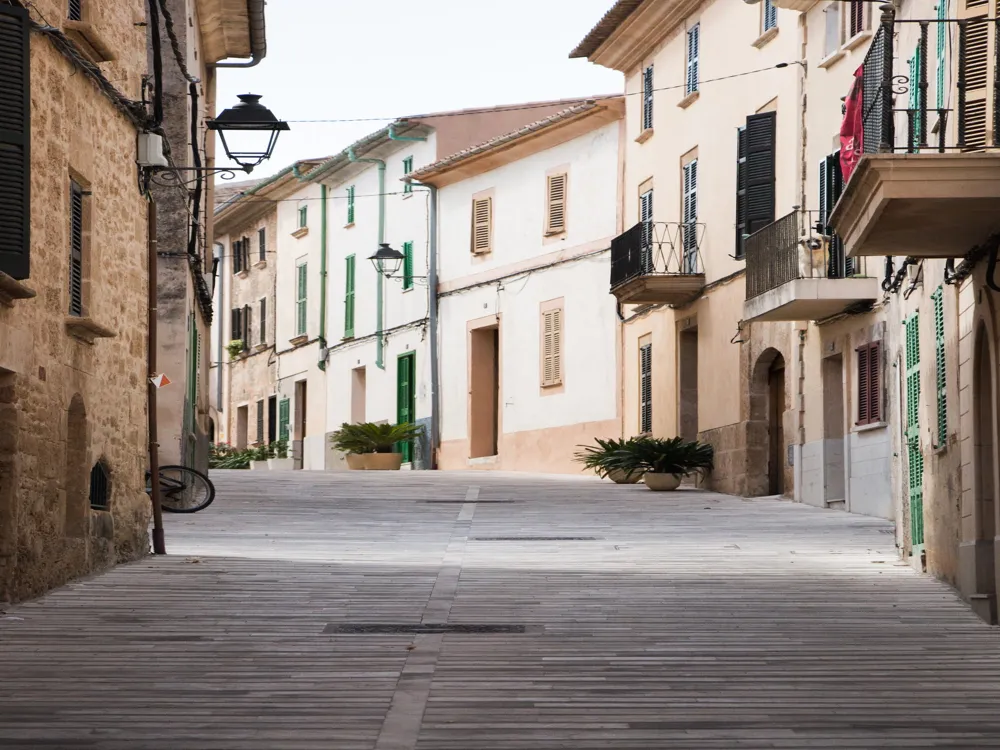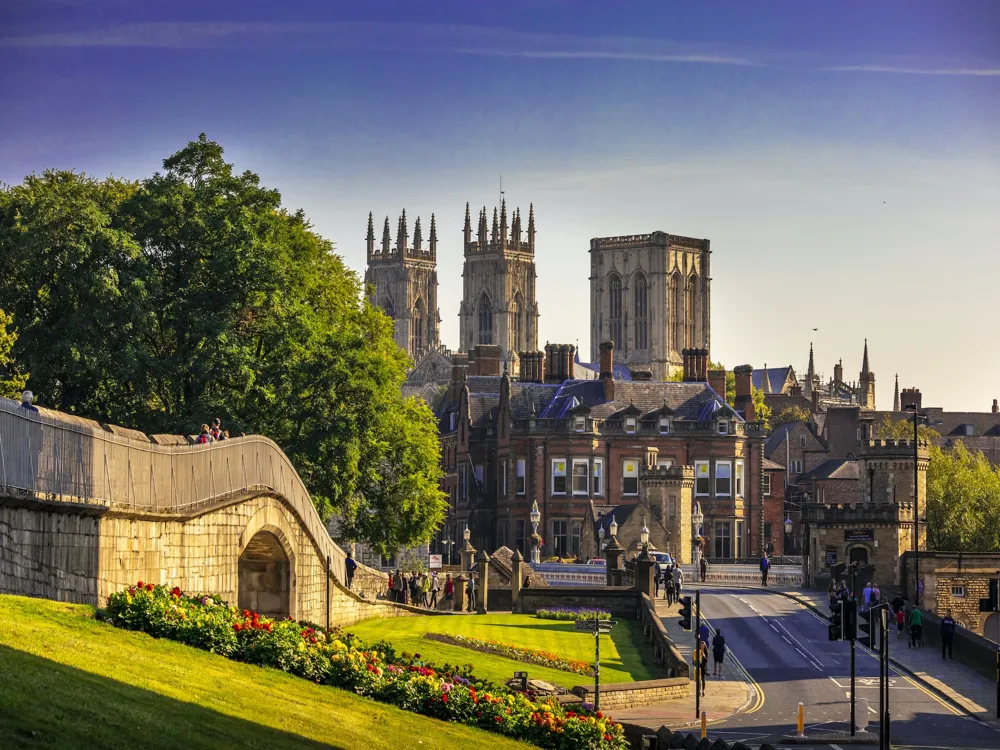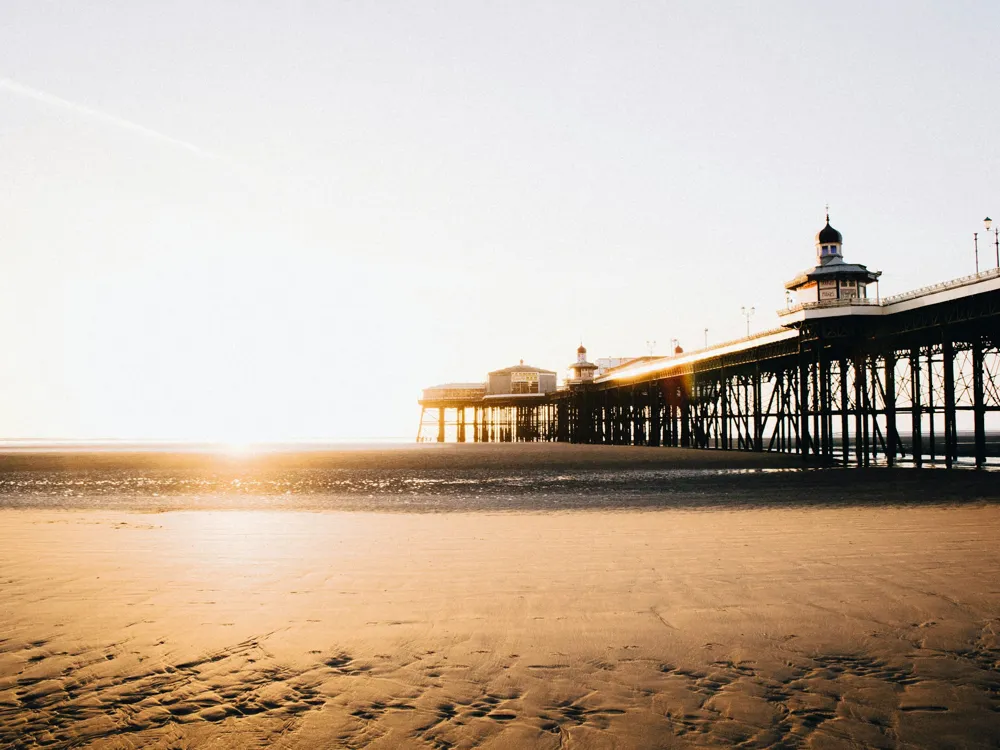The Pulteney Bridge, a masterpiece of Georgian architecture, stands as a timeless symbol in the historic city of Bath, England. Constructed in the late 18th century, it was named after Frances Pulteney, the wife of William Johnstone Pulteney, an influential figure in Bath's development. This bridge is not just a means of crossing the River Avon but a unique blend of utility and beauty, distinguishing it from other European bridges. Its design was influenced by the Ponte Vecchio in Florence and the Rialto Bridge in Venice, yet it exhibits a distinctive British character. The bridge is renowned for its row of shops built into its sides, a rare feature not commonly found in bridge designs. This integration of commerce and infrastructure was a novel concept at the time, reflecting the ingenuity and forward-thinking of the era. The bridge's significance extends beyond its architectural beauty; it has played a vital role in the social and economic history of Bath. It facilitated trade and connectivity, contributing to the city's prosperity. The Pulteney Bridge is not just a bridge but a living piece of history, a testament to the city's past and a beacon for its future. The architectural brilliance of Pulteney Bridge lies in its harmonious blend of Palladian and Georgian styles. Designed by Robert Adam, one of the most prominent architects of his time, the bridge was completed in 1774. Its structure is characterized by three arches, with the central arch being the most pronounced, creating a beautiful symmetry that is both functional and aesthetically pleasing. The shops that line the bridge are a standout feature, presenting a façade reminiscent of a Roman aqueduct. This design choice was not only innovative but also practical, as it allowed for commercial activity without compromising the bridge's structural integrity. The shops vary in their offerings, ranging from quaint boutiques to charming cafes, each adding to the bridge's vibrant atmosphere. The stonework of the bridge, made from Bathstone, is a testament to the city's rich quarrying history. This locally sourced material not only provided an economic boost but also ensured a consistent architectural style throughout the city. The craftsmanship involved in the bridge's construction showcases the skills and techniques of Georgian masons, whose work has withstood the test of time. Visiting early in the morning or late in the afternoon can provide a more peaceful experience, as these times typically see fewer tourists. Additionally, the golden hours provide excellent lighting for photography. Consider visiting the Holburne Museum or the Bath Abbey, both within walking distance. The area around the bridge is rich in history and culture, offering much to explore. The shops on the bridge and nearby streets offer unique shopping experiences. For dining, there are several cafes and restaurants in the vicinity that provide delightful local and international cuisine. Pulteney Bridge is easily accessible by various means of transportation. For those driving, several parking areas are available nearby. Public transport options include buses and trains, with Bath Spa railway station being the closest major station. For a more scenic route, consider a leisurely walk through the city's historic streets, which offers a glimpse into Bath's architectural heritage. For visitors staying in Bath, the bridge is within walking distance from most central locations. It's also well-signposted, making it easy to find for those unfamiliar with the city. For a unique experience, consider a boat trip along the River Avon, which provides a stunning view of the bridge from the water. Read MoreOverview of Pulteney Bridge in Bath
Architecture of Pulteney Bridge
Tips When Visiting Pulteney Bridge
Best Time to Visit
Exploring Nearby Attractions
Dining and Shopping
How To Reach Pulteney Bridge
Pulteney Bridge
Bath
NaN onwards
View bath Packages
Weather :
Tags : Bridge
Timings : 24 hours
Entry Fee : Free
Planning a Trip? Ask Your Question
Bath Travel Packages
View All Packages For Bath
Top Hotel Collections for Bath

Private Pool

Luxury Hotels

5-Star Hotels

Pet Friendly
Top Hotels Near Bath
Other Top Ranking Places In Bath
View All Places To Visit In bath
View bath Packages
Weather :
Tags : Bridge
Timings : 24 hours
Entry Fee : Free
Planning a Trip? Ask Your Question
Bath Travel Packages
View All Packages For Bath
Top Hotel Collections for Bath

Private Pool

Luxury Hotels

5-Star Hotels

Pet Friendly





















